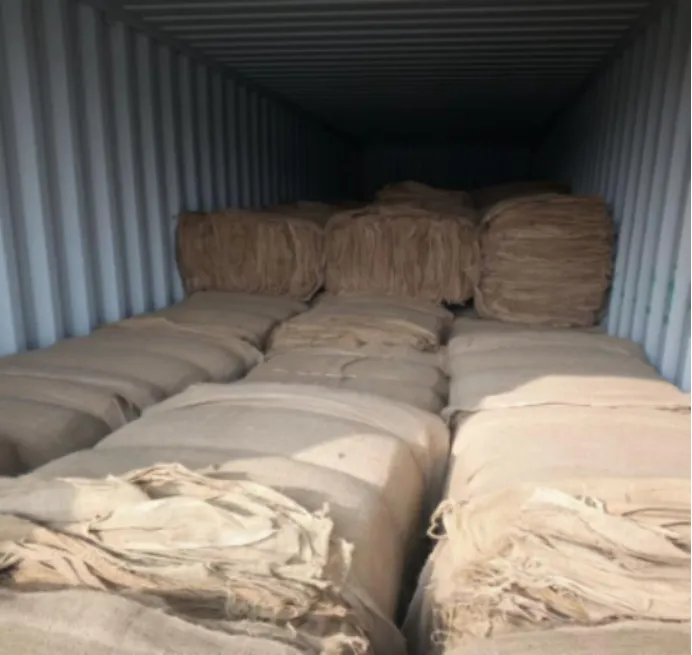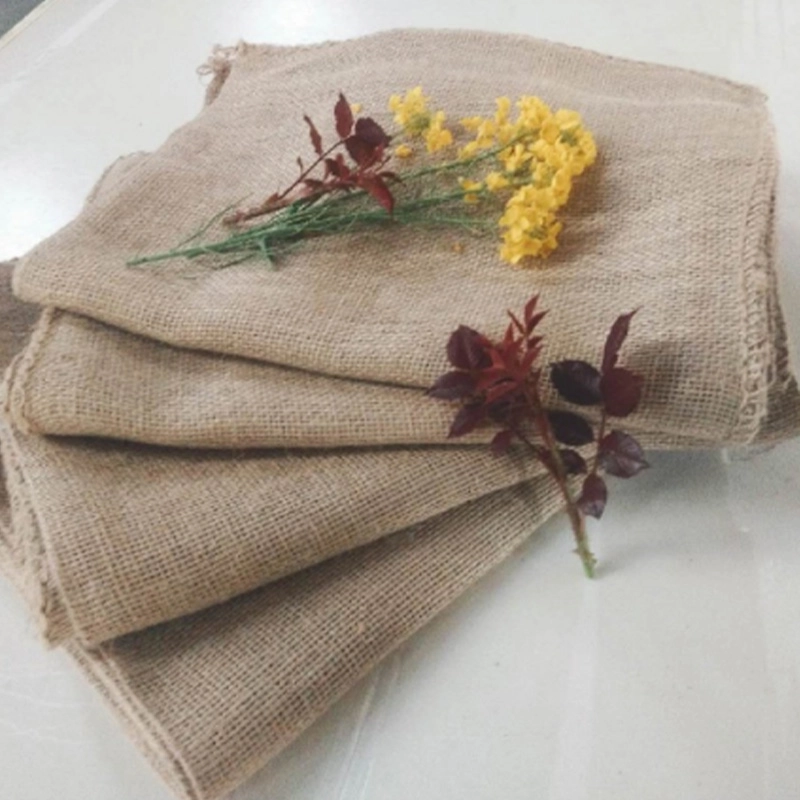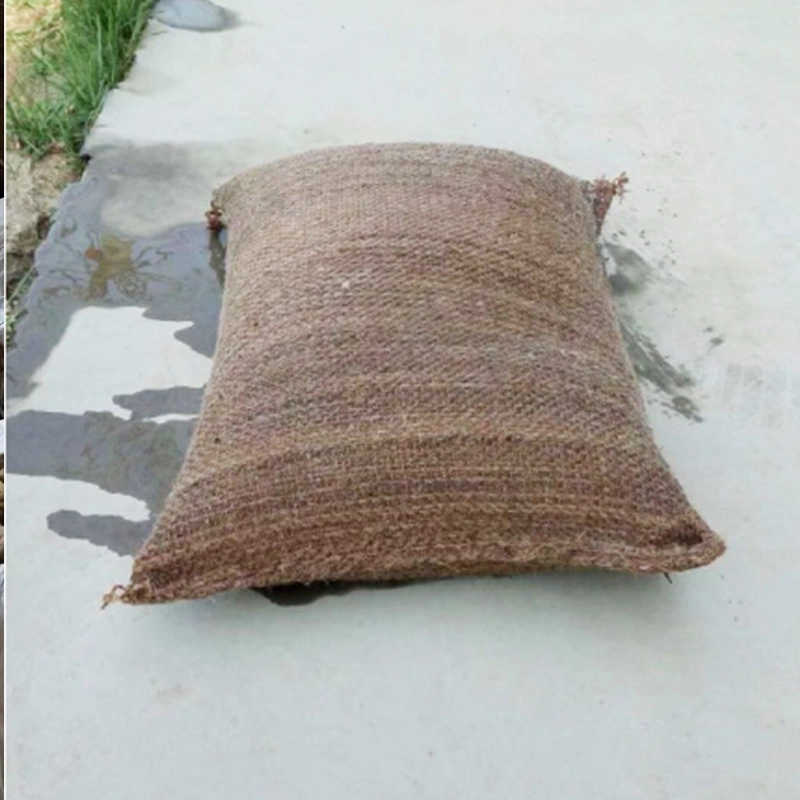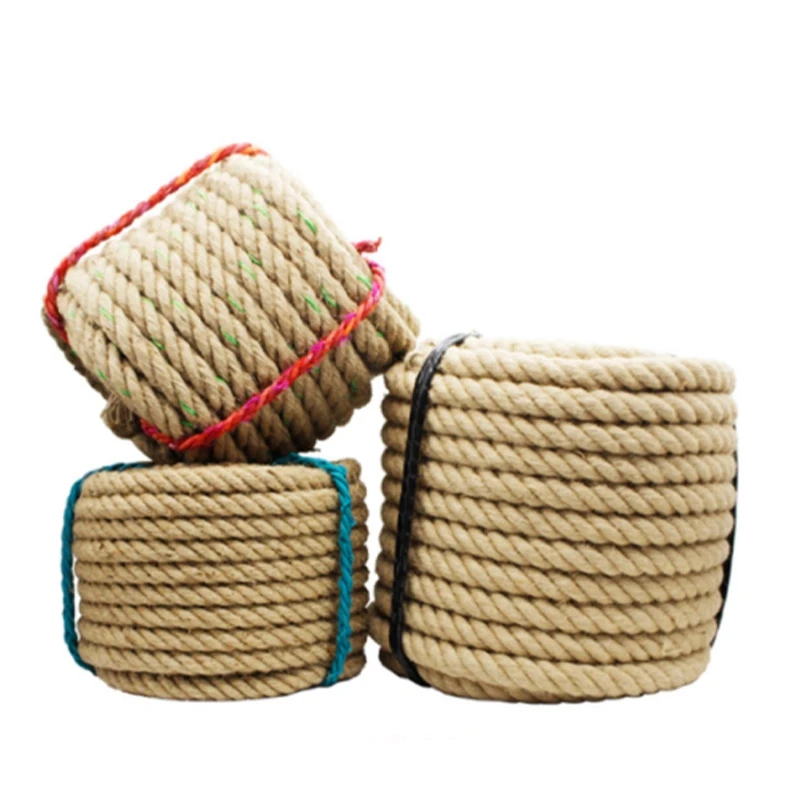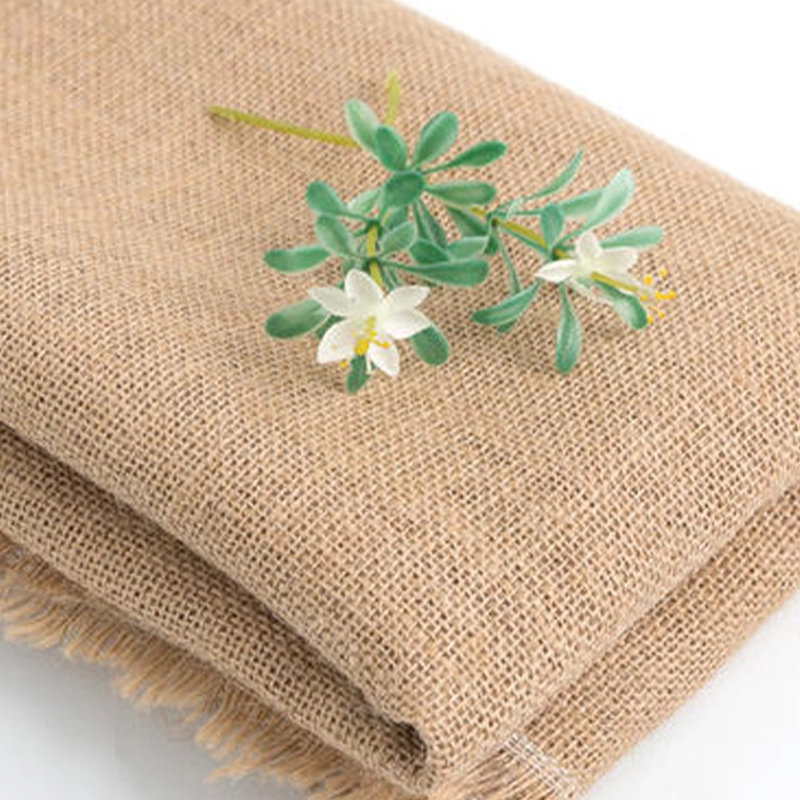Jute o se alava masani e lauiloa o le alava auro. O se tasi lea o alava sili ona taugofie ma sili ona malosi i filo faanatura uma ma e manatu o le alava o le lumanaʻi. E lona lua le jute i le cotton i le gaosiga o alava ie a le lalolagi. O le filo jute e lauiloa foi o Pat, kosta, Nalita, Bimli poʻo Mesta (kenaf).
Jute is not only a major textile fibre but also a raw material for non traditional and value added non-textile products. Jute is used extensively in the manufacture of different types of traditional packaging fabrics, manufacturing Hessian, saking, carpet backing, mats, bags, tarpaulins, ropes and twines. Recently jute fibers are used in a wide range of diversified products: decorative fabrics, chic-saris, salwar kamizes, soft luggage's, footwear, greeting cards, molded door panels and other innumerable useful consumer products. Supported by several technological developments today jute can be used to replace expensive fibers and scare forest materials.
Jute sacks/burlap bag/gunny bag
O le a le Jute?
O taga palasitika ua tele sona sao i le faaleagaina o le siosiomaga. E ui ina umi, ae e le mafai ona fa'aleagaina lea e toetoe a le mafai ona lafoa'i ma le saogalemu. Ua galulue ma le lē faavaivai tagata suʻesuʻe ma saienitisi e suʻe isi alava e mafai ona suia e lē gata i palasitika ae o isi alava gaosia e aunoa ma le tele o le faaleagaina o le siosiomaga.
Jute, also known as the “golden fibre’ – is a natural fibre that has provided a reprieve. It’s used to make a variety of items which include sacks, curtains, furniture accessories and rustic looking taga jute.
The fibre is made from plants with long, soft and shiny fibres spun into strong but coarse threads. This one-of-a-kind fibre which is second to cotton in terms of production provides an alternative to synthetic fibres and materials like plastic.
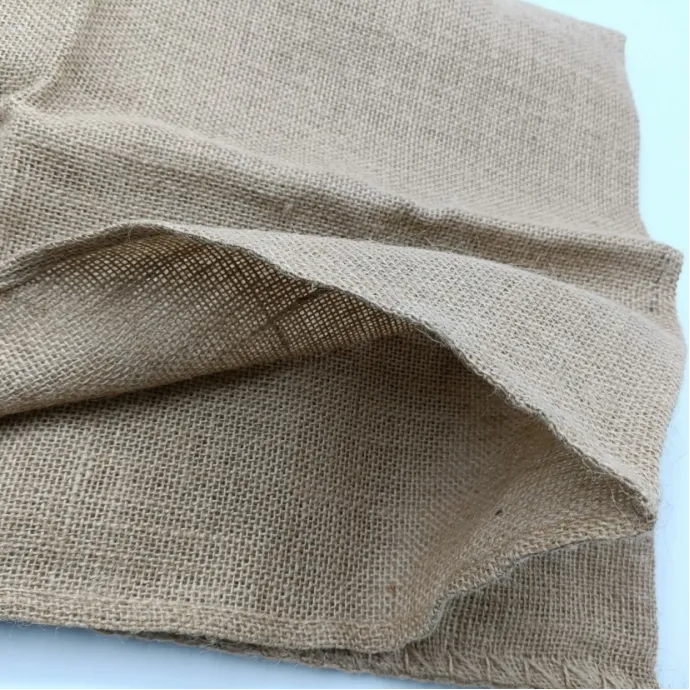
Jute Types
Ato ie fou ma se fasimea lanu meamata e tasi: 75CM * 110CM Mamafa: tusa ma le 1000g ta'itasi
Ato ie fou ma se fasimea lanu meamata e tasi: 74CM * 105CM Mamafa: Pe tusa ma le 600g ta'itasi
Ato ie fou: 74CM * 105CM Mamafa: E tusa ma le 850g ta'itasi.
Ato ie fou: 60CM * 100CM Mamafa: tusa ma le 480g ta'itasi
New burlap bag (thick burlap bag) : 60CM * 100CM Weight: approximately 600g each
Ato ie fou (teletele) : 60CM * 90CM Mamafa: tusa ma le 450g ta'itasi
New burlap bag (thick burlap bag) : 60CM * 90CM Weight: approximately 580g each
Ato ie fou (teletele tele): 50CM * 74CM Mamafa: Pe tusa ma le 300g ta'itasi
Ato ie fou (la'ititi): 40CM * 60CM Mamafa: tusa ma le 200g ta'itasi
90% new burlap bag (large size) : 74CM * 107CM Weight: approximately 850g each
Large patch burlap bag (large size) : 74CM * 107CM Weight: Approximately 850g each
Small patch burlap bag (large size) : 74CM * 107CM Weight: Approximately 850g each
Fusi lanu meamata ato tuai (tele tele): 75CM * 110CM Mamafa: tusa ma le 1000g ta'itasi
fa'amatalaga ato ato mai le tele i le la'ititi.
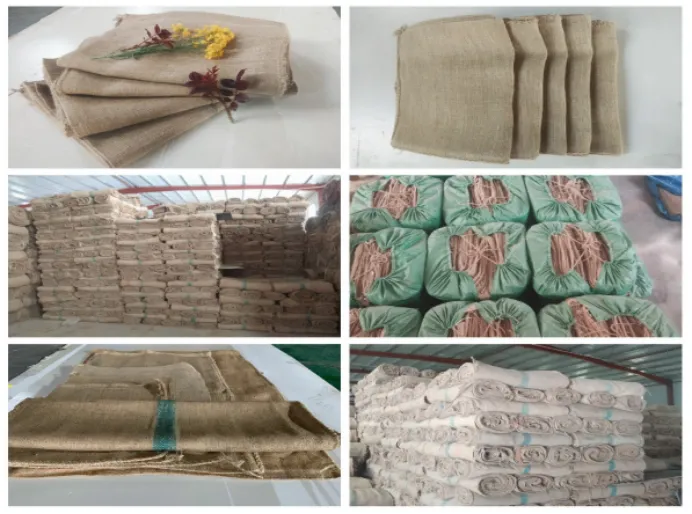
Fa'ato'a fa'a-atunuu ato talatala: 107 * 74cm.
Avanoa talafeagai: e masani ona faʻaaogaina e taofi ai pinati ma pi, mo le puipuia ma le puleaina o lologa;
Small burlap bag :50 * 70cm.Applicable range: commonly used as flood prevention burlap bag, flood prevention burlap bag, and glass ball burlap bag;
Laiti ato i'ei: 40 * 60cm. Avanoa o le fa'aoga: e masani ona fa'aoga mo mea fa'apipi'i e pei o sikulima ma nati;
tama'i taga i'ei: 30 * 50cm. Fa'atatau: e masani ona fa'aoga mo mea fa'apipi'i ma fa'atumu le palapala;
Laise fa'apitoa e tusa ai ma mana'oga.

